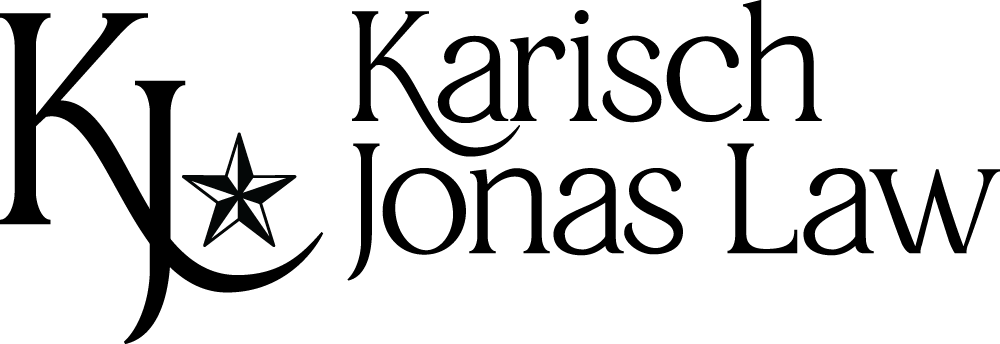Avoiding falling off the 2026 cliff
Unless Congress changes the law, persons dying in 2026 or later will have only half of the pre-2026 tax-free amount before estate and gift taxes kick in. How should estate planning lawyers approach this deadline with their clients? The closer the deadline comes, the greater the demands on lawyer time, CPA time and – probably most importantly -- appraiser time.
Can clients afford to wait until after the 2024 election? If the Republicans win the White House and both houses of Congress, then there is a good chance that the tax-free amount will not be cut in half. There’s even a chance of total repeal of the estate tax. Surely there is enough time for clients to wait for those results before implementing plans to address the possible halving of the tax-free amount. But if all clients wait, can everything for every client get done in one year or less?
Here are some guideposts to consider:
If married clients have taxable estates of $40 million or more, then working on a plan now and completing it in 2024 makes sense. Unless there’s a total repeal, these clients are likely to have taxable estates. Planning now avoids last-minute jams and allows planning steps to be spread out if it is prudent to do so.
If married clients have taxable estates of $15 million to $40 million, have conversations now about the problem and basic planning options. If the family circumstances are ideal, consider establishing family limited partnerships or similar entities and gifting options for descendants or trusts for descendants now, with fuller implementation following in 2025.
If married clients have taxable estates of $15 million or less, have conversations now about the problem and consider basic techniques such as annual exclusion gifts, but for most families it is too early to consider gifts to take advantage of the upper half of the tax-free giving range.
Regardless of the size of the estate, if spousal lifetime access trusts (SLATs) are seriously being considered, start now so that there is more time to implement the plan and avoid the reciprocal trust doctrine. SLATs are probably inappropriate for the majority of clients – especially those with more modest estates.
Appraiser capacity is going to be a problem. Consider lining up appraisers for effective dates in early 2025 to get ahead in the queue. Also, consider formula gifts based on appraisals not yet obtained.

